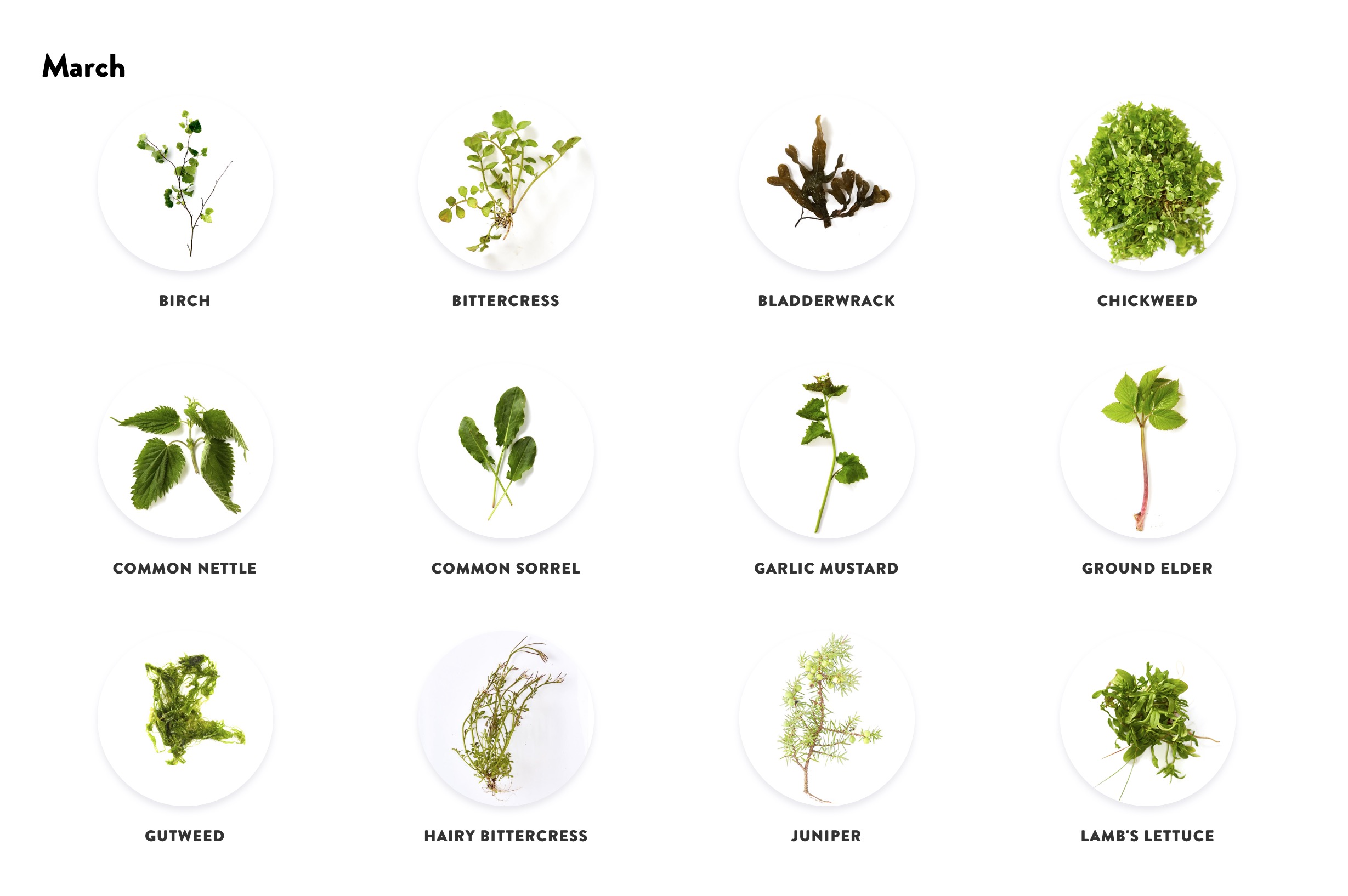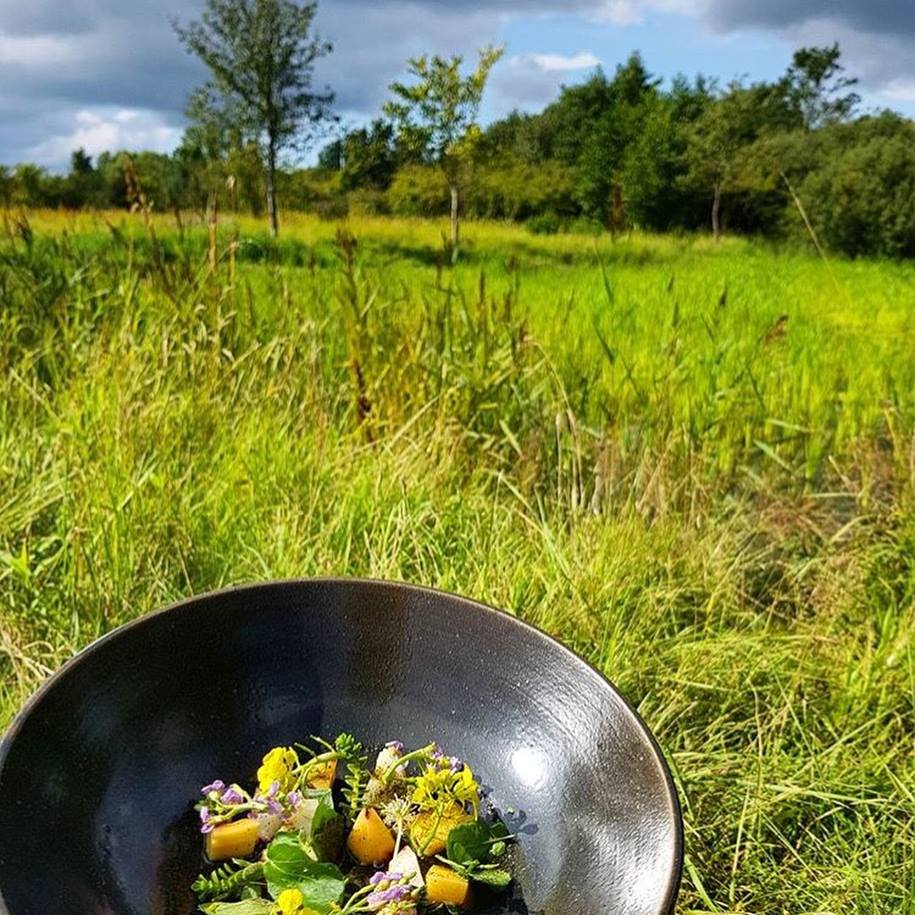
- Inspiring People -
- 3mins -
- 907 views
Copenhagen Welcomes You to Forage on Its City Streets
Pedestrians in Copenhagen will soon be able to pluck healthy snacks directly from greenery around the city as part of a new municipality initiative to reintroduce local foods to Danish diets.
Copenhagen set to plant hundreds of communal fruit trees on city streets
Copenhagen’s city council recently voted to plant public fruit trees, including blackberry bushes and apple trees, in a variety of public green spaces such as playgrounds, cemeteries, churchyards, parks, sports facilities, etc., in an effort to reconnect people with local flora and food. For Astrid Aller, a Copenhagen City Councilor from the Socialist People’s Party who helped spearhead the initiative, this interactive urban orchard is a way of connecting residents to their communities. “We think of the city as something that we all own,” she told Atlas Obscura. “We want all this collectively owned area to be something that people can use and interact with.”

The ultimate way to really experience the nature you’re in is to taste it
The tradition of local foraging is long in Denmark, with laws on the books dating back to the Middle Ages allowing citizens to harvest food from public lands (as much as they can fit in a hat). People were also permitted to harvest from private lands with footpaths, as long as they remained on the trail. The Danish capital is just expanding the idea into urban spaces.
“Foraging connects people with what’s around them,” says Mikkel-Lau Mikkelsen, program manager at Vild Mad, an organisation that educates people about the ecological and gastronomic benefits of foraging. It was launched by famed forager René Redzepi, the chef behind Copenhagen’s posh Noma restaurant, and one of the brains behind New Nordic Cuisine. “It’s the ultimate way to really experience the nature they’re in: to taste it.”
To help citizens find these ingredients, Vild Mad, which means “wild food” in Danish, has released a free app that guides users through these landscapes. The interactive app also suggests recipes for wild foods that may be unfamiliar to home cooks, even though the ingredients grow right under urban dwellers’ noses.
Source: AtlasObscura

Free, pickable fruit is to become more readily available to people in the Danish capital
“Many Copenhageners don’t have their own gardens and therefore don’t have a chance to see the learning process, including for children, that nature is something you can use,” Astrid Aller, a city councillor with the Socialist People’s Party (SF), told Politiken.
“It might seem like a small thing but it’s part of our aim for Copenhagen to be a place you want to be, not a place you drive around by car. We want a city where you’re not just at home, at work or at a park, but where the whole city is a space in which people want to be,” she continued.
Until now, trees and plants bearing edible fruit or berries could only be found in nature reserves such as Amager Nature Park.
Asked whether fruit-bearing trees in the city could be a target for misuse, Aller said taking fruit with the purpose of selling it would be “too inefficient”.
“I find it difficult to imagine anyone emptying the bushes in order to sell the fruit,” she said.
“And if a family plucks two berry bushes to make jam, that’s hardly going to make me see red,” she added.
Source: AtlasObscura

